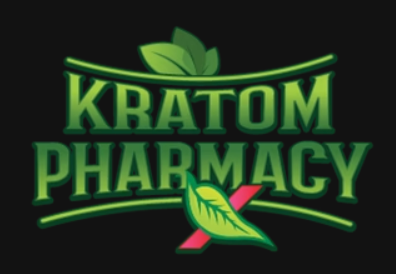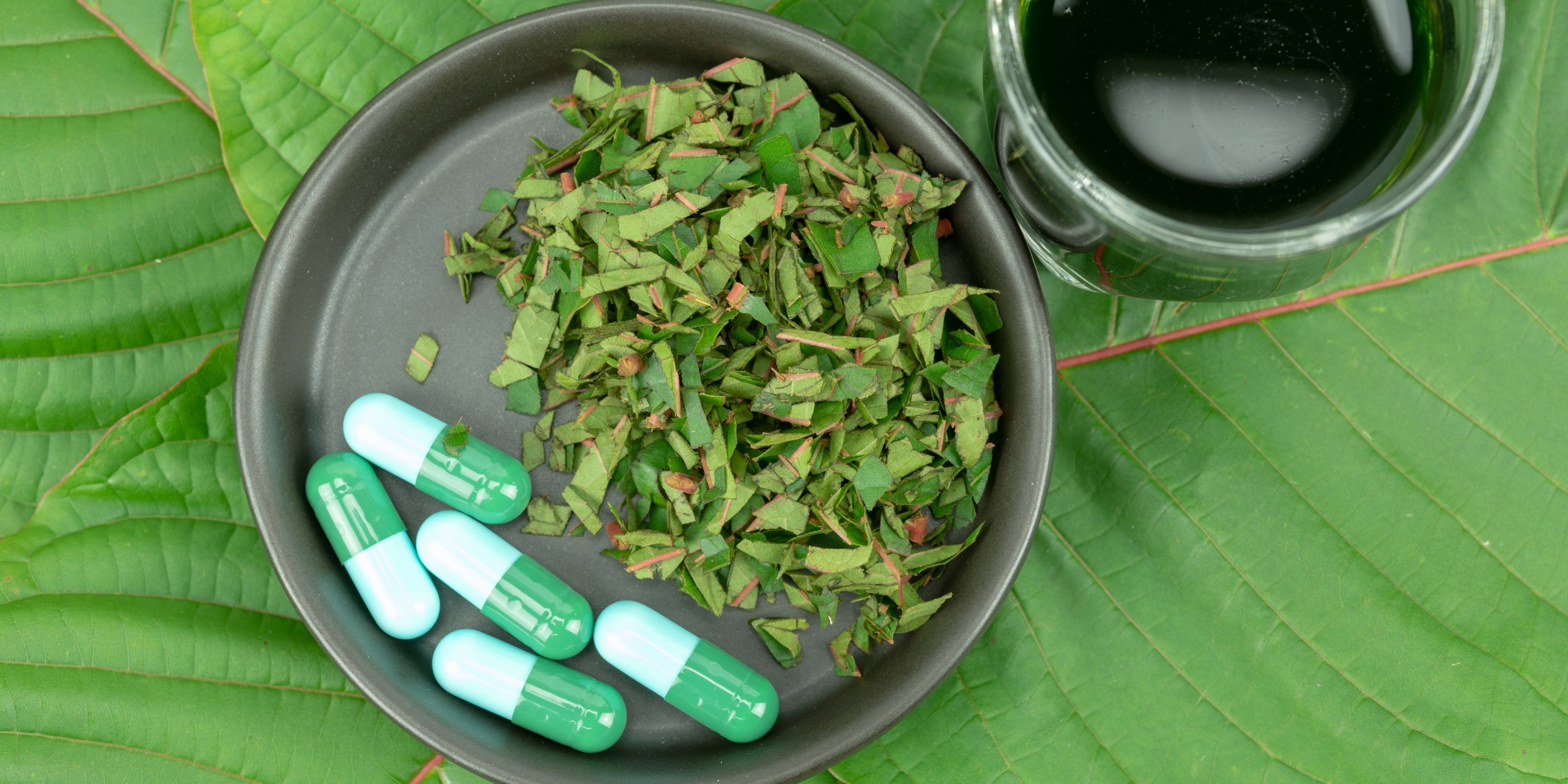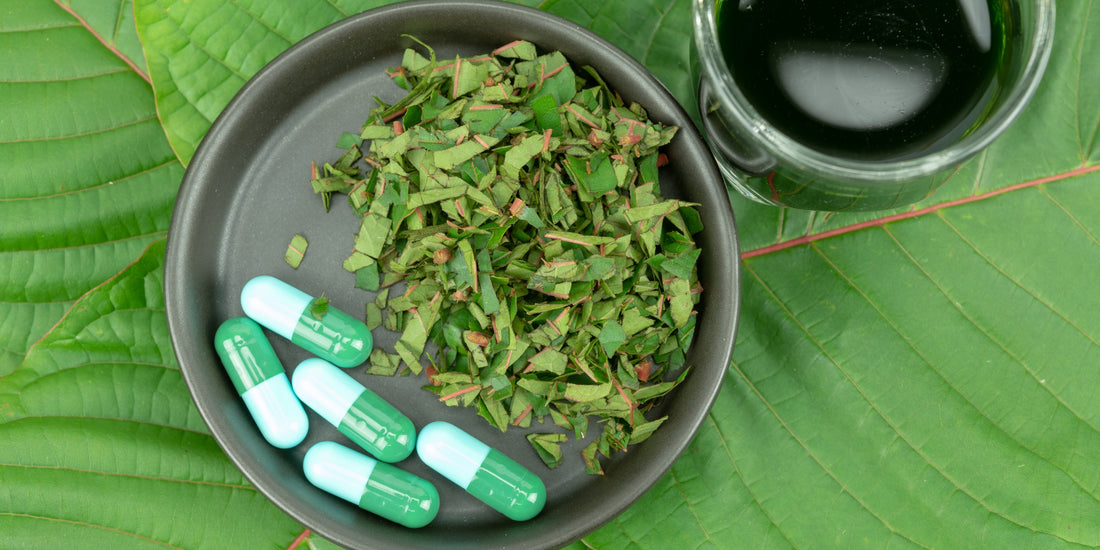Kratom, the botanical wonder native to Southeast Asia, has been used for centuries for its diverse range of effects. But have you ever wondered how this miraculous plant transforms from its natural form into the powdered substance you might find in your local store or online shop? In this blog, we'll take you through the fascinating journey of how our kratom is made, from the lush, tropical fields to the final product.
1. Cultivation
The journey begins with the cultivation of the kratom tree, scientifically known as Mitragyna speciosa. Kratom trees thrive in the humid and tropical climates of countries like Indonesia, Thailand, and Malaysia. The trees require well-draining soil, plenty of sunlight, and consistent rainfall to flourish. Our kratom is sourced from trusted farmers who adhere to sustainable and ethical farming practices, ensuring the health of both the trees and the environment.
2. Harvesting
Kratom leaves are the heart of this remarkable plant, and harvesting is a delicate process. Experienced farmers carefully select mature leaves, avoiding the young ones to allow the trees to continue growing. Once the leaves are hand-picked, they are ready for the next step in the production process.
3. Drying
After harvest, the freshly picked kratom leaves undergo a drying process. Traditionally, these leaves are spread out in the sun to dry naturally. This process can take several days, during which the leaves undergo a transformation from lush green to a deep, earthy color. The drying process is crucial in developing the alkaloid content and the specific properties of the kratom strain.
4. Grinding
Once the leaves are thoroughly dried, they are transported to a facility equipped with the necessary machinery to convert them into powder. The leaves are ground into a fine powder using specialized equipment, typically without the use of additives or chemicals. The fineness of the grind is important, as it affects the texture and solubility of the final product.
5. Quality Control
Ensuring the quality and safety of kratom is of utmost importance. Reputable kratom producers subject their products to rigorous quality control measures. This includes testing for contaminants, such as heavy metals and pathogens, to ensure that the final product is free from harmful elements.
6. Packaging and Distribution
The final step in the process involves packaging the kratom powder into various forms, such as capsules, bags, or containers. Labels are added to provide essential information about the product, including its strain, dosage recommendations, and safety instructions.
The finished product is then ready to be distributed to retailers, either in physical stores or through online platforms. Customers can access a wide variety of kratom strains and products to suit their individual needs and preferences.
The journey of how our kratom is made is a captivating one, from the tropical fields where the trees are cultivated to the rigorous quality control and packaging processes. It's essential to choose kratom from reputable sources to ensure the highest quality and safety. By understanding the journey of this incredible botanical, you can make more informed decisions when exploring the benefits of kratom for your health and wellness.


